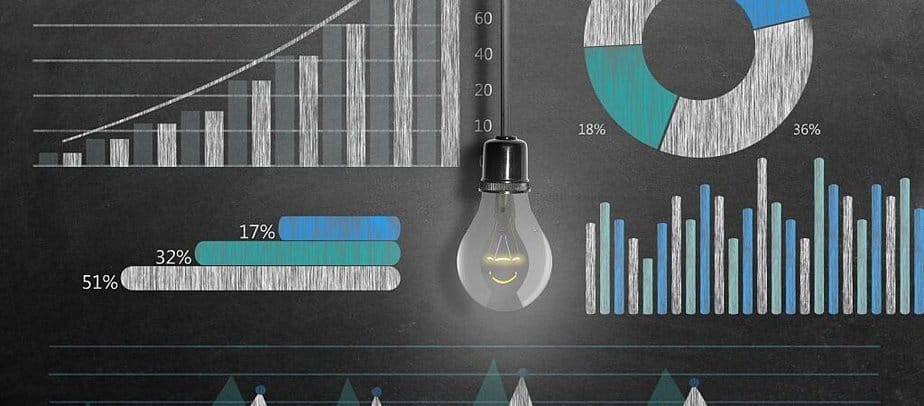Data-driven decision-making is an approach that relies on empirical data, data analysis, and insights to inform strategies that are aimed at improving outcomes and increasing efficiency across various domains. Data availability and utilisation have become paramount in shaping effective strategies to address health challenges and improve public health outcomes. The role of technology and data analytics in public health decision-making is increasingly significant, as advancements in technology and the availability of vast amounts of data have provided stakeholders in health with tools to improve health outcomes, prevent diseases, and enhance the overall effectiveness of public health programs.
Public health data analytics can be broadly classified into two core areas: quantitative and qualitative. Quantitative data analytics involves numerical information and statistical analyses, comprising various data types, such as demographics, disease prevalence rates, and healthcare utilisation patterns. Public health professionals use quantitative data to assess health trends, evaluate interventions, and make predictions based on historical patterns. Qualitative data, on the other hand, focuses on non-numerical information, including interviews, focus groups, and open-ended survey responses. This data type provides valuable insights into people’s behaviours, attitudes, and perceptions of health issues. Integrating quantitative and qualitative data analysis offers a more comprehensive understanding of public health challenges and helps in targeted interventions.
Data is essential at every step in approaching public health problems. While some public health decisions may be based on expert knowledge, data provides a solid foundation for evidence-based decision-making and significantly enhances the effectiveness and efficiency of public health strategies. Here is how data plays a crucial role at different steps in the public health approach to health problems:
1. Surveillance: Surveillance is a primary use of data-driven public health decision-making. The continuous, systematic collection, analysis and interpretation of health-related data is needed to plan, implement, and evaluate public health initiatives. Data allows public health officials to detect trends, outbreaks, and patterns of diseases in real time. Timely and accurate surveillance allows for rapid responses to potential health threats, preventing further spread and minimising their impact on communities.
2. Risk Factor Identification: Data analytics enables public health professionals to identify and understand risk factors associated with various diseases and health conditions. This allows tailored interventions to target the specific needs of at-risk populations effectively. Proactively identifying risk factors can help prevent diseases before they escalate, reducing the burden on healthcare systems.
3. Intervention Evaluation: Through data-driven decision-making, public health interventions can be continuously assessed and evaluated for their effectiveness. Data provides concrete evidence of what works and what may not, allowing policymakers to make informed adjustments to improve outcomes and allocate resources more efficiently.
4. Implementation: When implementing public health programs, data-driven decision-making ensures that resources are allocated to areas with the highest need. Data analysis allows decision-makers to identify geographical locations or demographics that require more attention and support. This targeted approach helps maximise interventions’ impact and promote equity in healthcare access.
The integration of Artificial Intelligence (AI) and emerging technologies holds immense promise for improving public health decision-making. AI can analyse vast amounts of health data with unprecedented speed and accuracy. Machine learning algorithms can identify patterns and associations that human analysts might miss, leading to more effective disease surveillance, early detection, and targeted interventions. AI-powered public health initiatives have the potential to optimise resource allocation, personalise treatments, and predict disease outbreaks. However, challenges such as algorithm bias, and the need for human oversight must be carefully addressed to ensure the effective and responsible use of AI in public health.
In conclusion, applying technology and data analytics in data-driven decision-making is crucial for the success of public health strategies. Integrating AI further enhances the possibilities for more effective and efficient public health decision-making. It is essential to continue investing in data-driven approaches to build a healthier future for individuals and families in the community.
External Links:



